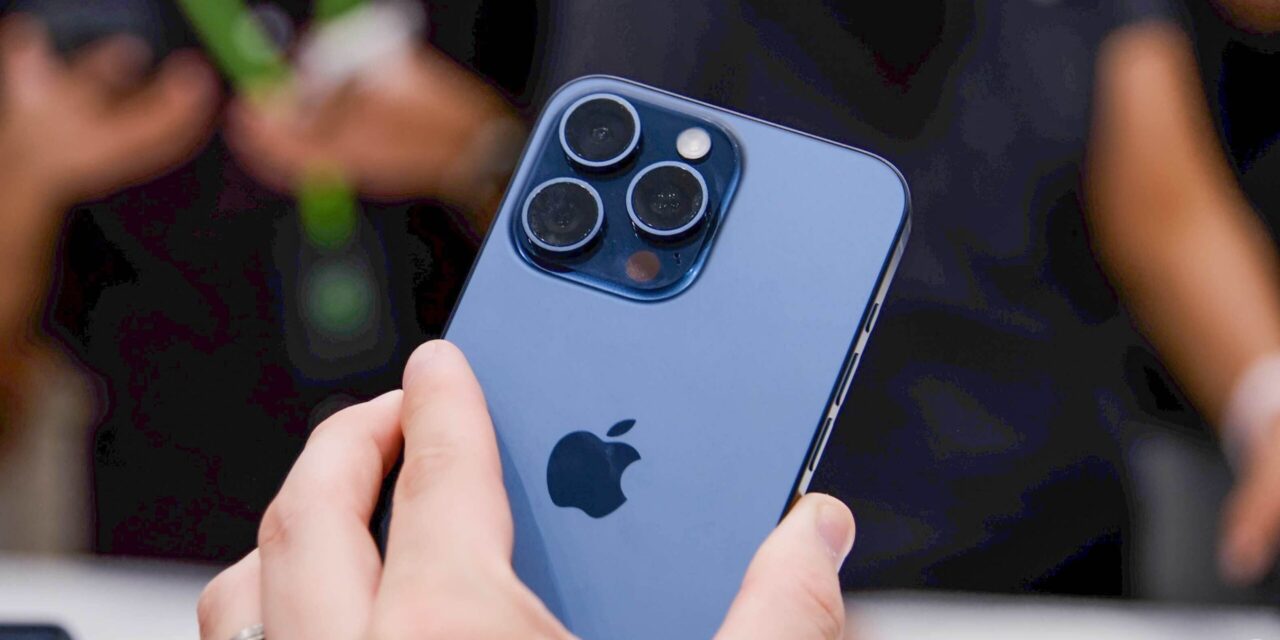Right around the time that Apple debuted new Smart Battery cases designed for the iPhone XS, XS Max, and XR, Mophie, a popular accessory maker, also introduced its Juice Pack Access battery cases for the new iPhones.
In our latest YouTube video, we went hands-on with the Juice Pack Access to compare it to Apple’s Smart Battery Case to see if it’s a better option for those looking to extend their iPhone batteries.
The cases are similar in weight and thickness, and both cases have a hump design with an area where the battery inside the case protrudes. The Juice Pack Access is also made from a smooth plastic while the Smart Battery Case is silicone, so those who don’t like silicone may prefer the plastic.
Like the Smart Battery Case, the Juice Pack Access allows Lightning accessories to be used because it leaves the Lightning port unobstructed. Prior cases used the Lightning port to supply power to the iPhone, but the new model uses Qi wireless charging exclusively.
The Juice Pack Access charges the iPhone at the 5W wireless charging speed, which is a bit slow. Apple’s solution, meanwhile, builds an extra Lightning port into the Smart Battery Case because Apple has access to tighter integrations.
The benefit there is Lightning support with faster charging, though with a battery case, charging speed isn’t a huge factor since it’s meant to be used throughout the day, but it can be important if you’re putting the battery case on in a situation where your battery is already nearly drained.
You can charge the Juice Pack Access wirelessly on a Qi charger or through an included USB-C port, though those who don’t already have USB-C devices and cables may find that cumbersome. Apple’s Smart Battery Case charges either wirelessly or through the Lightning port, which is more convenient.
There’s a 2,200mAh battery in the Juice Pack Access for iPhone XS Max and a 2,000mAh battery in the cases for the XR and XS, while Apple’s Smart Battery Case offers more power thanks to two 1,369mAh batteries in the device.
For example, Mophie says the iPhone XS Max paired with the Juice Pack offers 31 hours of talk time, 16 hours of internet use, and 18 hours of video playback.
The iPhone XS Max with the Smart Battery Case offers a total of 37 hours of talk time, 20 hours of internet use, and 25 hours of video playback.
In our testing, the Smart Battery Case lasted for a longer period of time than the Juice Pack, which is not surprising given that it offers a bit more power.
The Smart Battery Case has the edge over Mophie’s version when it comes to checking battery level. Because of the tight iOS integration, you can see your Smart Battery Case battery level on the Lock screen and in the Notification Center, with Apple offering exact charge numbers.
There are four LEDs to indicate charge on the Juice Pack, but it’s not nearly as granular. You also don’t need to turn the Smart Battery Case on – it just works and is constantly supplying power to the iPhone when it’s on the iPhone. You will need to make sure turn on the Juice Pack Access, which could be a benefit or a hassle depending on your perspective.
Apple sells its Smart Battery Cases for the 2018 iPhones for $129 in Apple retail stores, third-party stores, and online. Mophie’s Juice Pack Access, available from the Mophie website, is more affordable at $99, but it loses out on some bells and whistles you get with Apple’s case.
What do you think of the Juice Pack Access? Is the $29 savings worth it over Apple’s Smart Battery Case? Let us know in the comments.
This article, "Battery Case Showdown: Apple’s Smart Case vs. Mophie’s Juice Pack Access" first appeared on MacRumors.com
Discuss this article in our forums






Recent Comments